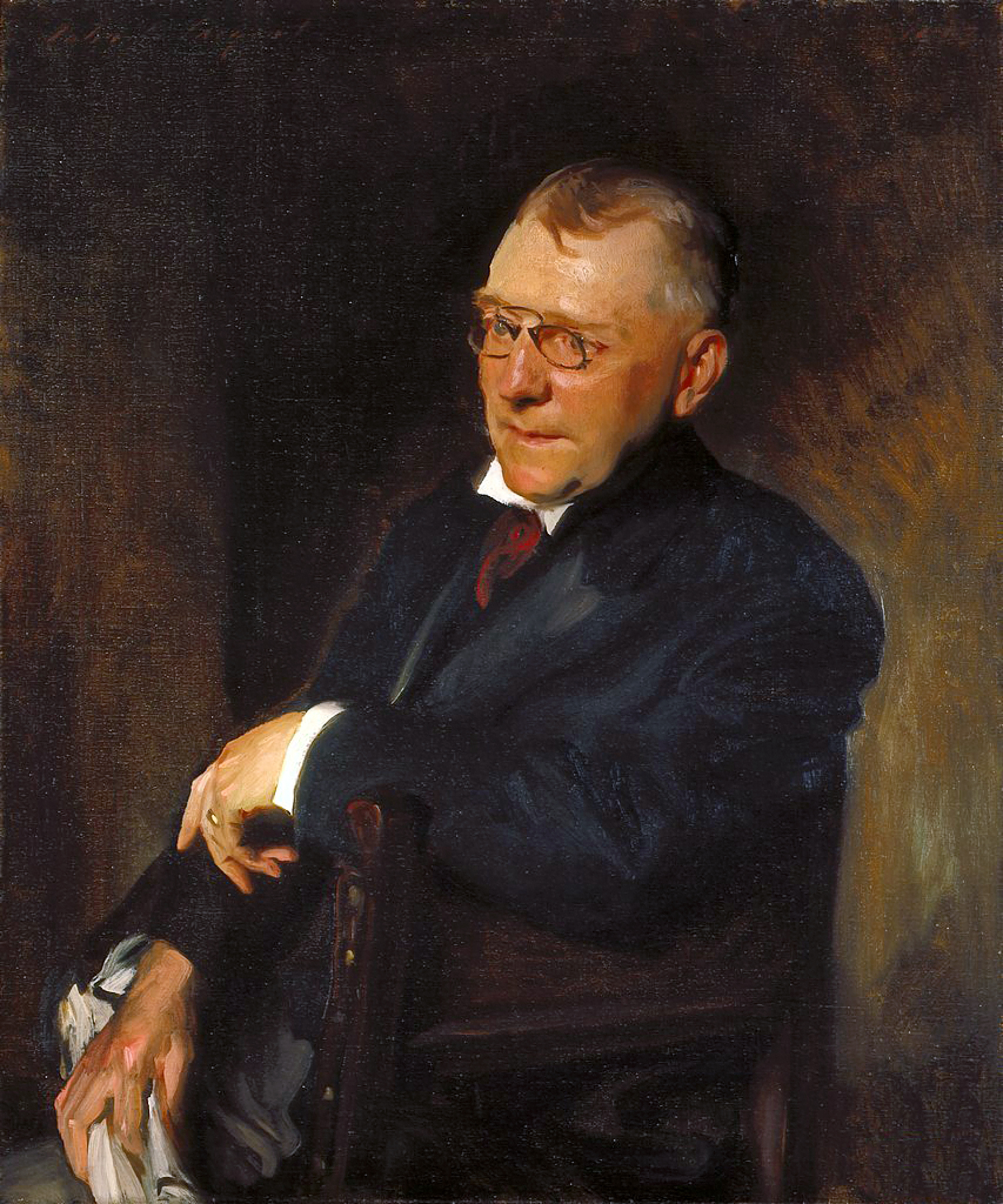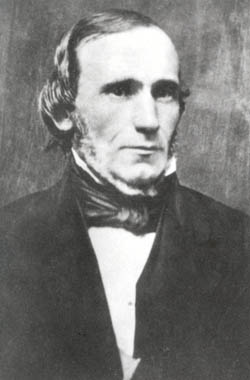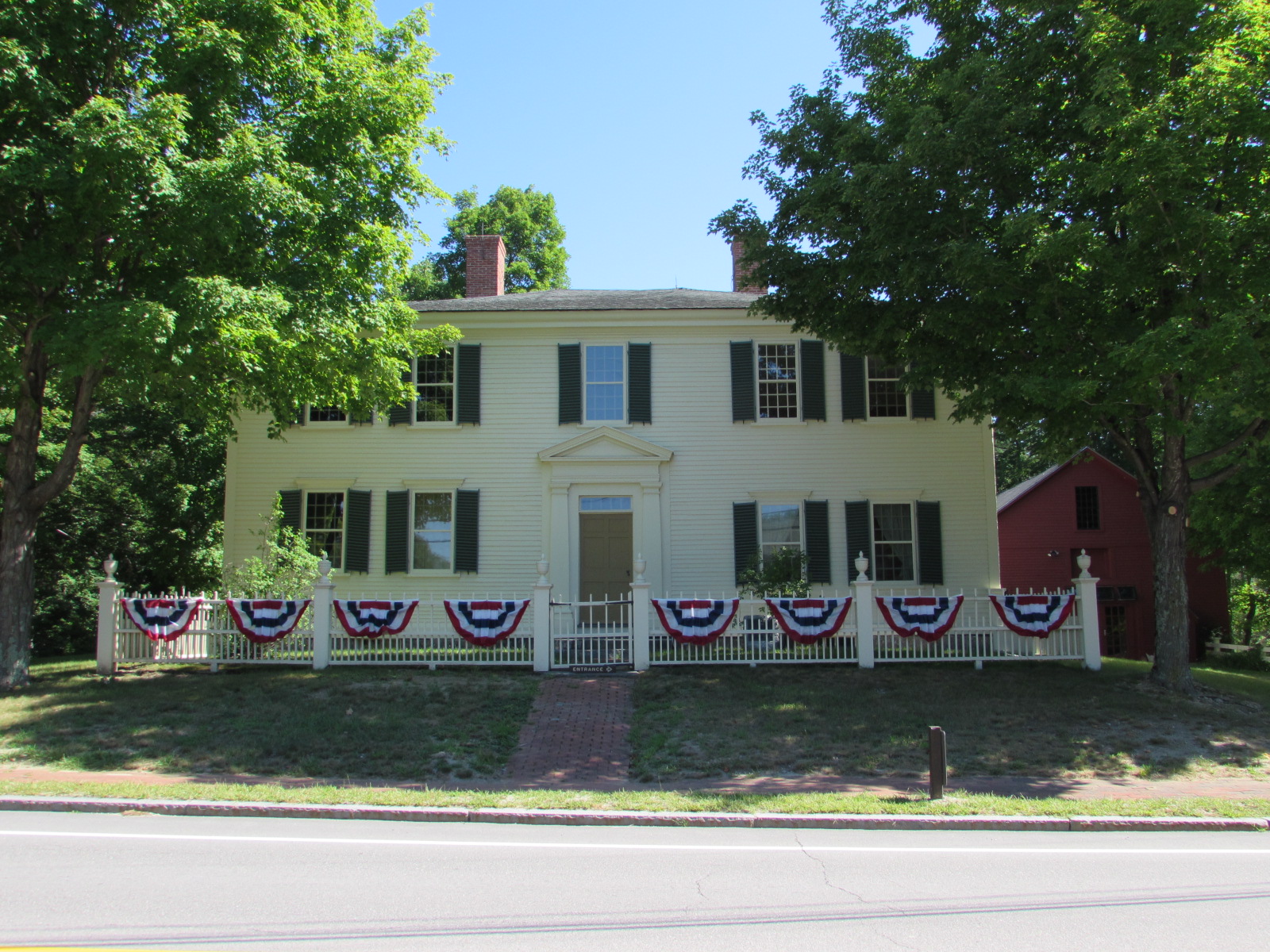|
Thomas A. Hendricks Monument
The ''Thomas A. Hendricks Monument'' is a public artwork by American artist Richard Henry Park and is located on the southeast corner of the Indiana Statehouse grounds in Indianapolis, Indiana. The monument is a tribute to Thomas A. Hendricks (September 7, 1819November 25, 1885), the 21st Vice President of the United States (serving with Grover Cleveland). Hendricks was a former U.S. Representative and U.S. Senator from Indiana. He was the 16th Governor of Indiana and led the campaign to build the Indiana Statehouse. The sculpture is a full-length bronze portrait figure of Hendricks in formal attire with a long dress overcoat. The sculpture's pedestal is red Italian granite. Two bronze allegorical sculptures by Park, one on each side of the pedestal, represent "Justice" and "History". Description The original design by Richard Henry Park was a single bronze statue of Hendricks, surmounting a granite pedestal, similar in appearance to the final version.copy Later, as funds for ... [...More Info...] [...Related Items...] OR: [Wikipedia] [Google] [Baidu] |
Richard Henry Park
Richard Henry Park (also Richard Hamilton Park; February 17, 1838—November 7, 1902) was an American sculptor who worked in marble and bronze. He was commissioned to do work by the wealthy of the nineteenth century. He did a marble bust of John Plankinton, an astute businessman who founded the meat industry in Wisconsin and was "Milwaukee's foremost citizen." Park did a sculptor of George Washington as Milwaukee's first piece of public art. He made a bronze monument statue of the 21st Vice President of the United States. He did a sculpture of Milwaukee's first white settler, its first mayor, and created sculptures for the Chicago World's Fair of 1893. Life and career Park was born on February 17, 1838, in Hebron, Connecticut. He was inspired by a Hiram Powers exhibition to become a sculptor. From 1855, Park worked in the Albany, New York studio of Erastus Dow Palmer, the foremost neoclassical sculptor of his time, starting out as a marble cutter's apprentice making marble c ... [...More Info...] [...Related Items...] OR: [Wikipedia] [Google] [Baidu] |
Lake Maggiore
Lake Maggiore (, ; it, Lago Maggiore ; lmo, label=Western Lombard, Lagh Maggior; pms, Lagh Magior; literally 'Greater Lake') or Verbano (; la, Lacus Verbanus) is a large lake located on the south side of the Alps. It is the second largest lake in Italy and the largest in southern Switzerland. The lake and its shoreline are divided between the Italian regions of Piedmont and Lombardy and the Swiss canton of Ticino. Located halfway between Lake Orta and Lake Lugano, Lake Maggiore extends for about between Locarno and Arona. The climate is mild in both summer and winter, producing Mediterranean vegetation, with many gardens growing rare and exotic plants. Well-known gardens include those of the Borromean and Brissago Islands, that of the Villa Taranto in Verbania, and the Alpinia Botanical Garden above Stresa. Lake Maggiore is drained by the Ticino, a main tributary of the Po. Its basin also collects the waters of several large lakes, notably Lake Lugano (through the Tre ... [...More Info...] [...Related Items...] OR: [Wikipedia] [Google] [Baidu] |
David Turpie
David Battle Turpie (July 8, 1828 – April 21, 1909) was an American politician who served as a List of United States Senators from Indiana, Senator from Indiana from 1887 until 1899; he also served as Chairman of the Senate Democratic Caucus from 1898 to 1899 during the last year of his tenure in the Senate. Turpie was born in Hamilton County, Ohio. He grew up in Ohio and graduated from Kenyon College in 1848. He studied law and moved to Logansport, Indiana, where he set up a law practice. He soon became active in the United States Democratic Party to which he would belong for the rest of his life. Turpie was elected to the state legislature at the age of 24 in 1852. He served one term and then returned to practicing law. In 1854 he became a common pleas judge and in 1856 he became a state circuit court judge. In 1858 he was elected to the state legislature again for one year. He was the Democratic candidate for the United States House of Representatives, U.S. House seat held ... [...More Info...] [...Related Items...] OR: [Wikipedia] [Google] [Baidu] |
Hanover College
Hanover College is a private college in Hanover, Indiana, affiliated with the Presbyterian Church (USA). Founded in 1827 by Reverend John Finley Crowe, it is Indiana's oldest private college. The Hanover athletic teams participate in the Heartland Collegiate Athletic Conference. Hanover alumni are known as Hanoverians. History Founding In the early 19th century, missionaries went to Hanover as part of the Second Great Awakening. Crowe served as pastor of the Hanover Presbyterian Church. He opened the Hanover Academy on January 1, 1827, in a small log cabin near his home. Two years later, the state of Indiana granted the Academy a charter. On November 9, 1829, the Academy's Board of Trustees accepted the Presbyterian Synod of Indiana's proposal to adopt the school, provided a theological department was established. A two-story brick building was constructed to house both the Academy and the new Indiana Seminary. The state of Indiana issued the Academy a new charter, creati ... [...More Info...] [...Related Items...] OR: [Wikipedia] [Google] [Baidu] |
James Whitcomb Riley
James Whitcomb Riley (October 7, 1849 – July 22, 1916) was an American writer, poet, and best-selling author. During his lifetime he was known as the "Hoosier Poet" and "Children's Poet" for his dialect works and his children's poetry. His poems tend to be humorous or sentimental. Of the approximately 1,000 poems Riley wrote, the majority are in dialect. His famous works include "Little Orphant Annie" and " The Raggedy Man". Riley began his career writing verses as a sign maker and submitting poetry to newspapers. Thanks in part to poet Henry Wadsworth Longfellow's endorsement, he eventually earned successive jobs at Indiana newspaper publishers during the late 1870s. He gradually rose to prominence during the 1880s through his poetry reading tours. He traveled a touring circuit first in the Midwest, and then nationally, appearing either alone or with other famous talents. During this period Riley's long-term addiction to alcohol began to affect his performing abilities, and ... [...More Info...] [...Related Items...] OR: [Wikipedia] [Google] [Baidu] |
Alvin P
Alvin may refer to: Places Canada *Alvin, British Columbia United States *Alvin, Colorado *Alvin, Georgia * Alvin, Illinois * Alvin, Michigan *Alvin, Texas *Alvin, Wisconsin, a town *Alvin (community), Wisconsin, an unincorporated community Other uses * Alvin (given name) * Alvin (crater), a crater on Mars * Alvin (digital cultural heritage platform), a Swedish platform for digitised cultural heritage * Alvin (horse), a Canadian Standardbred racehorse * 13677 Alvin, an asteroid * DSV ''Alvin'', a deep-submergence vehicle * Alvin, a fictional planet on ''ALF'' (TV series) * Alvin Seville, of the fictional animated characters Alvin and the Chipmunks * "Alvin", by James from the album ''Girl at the End of the World'' * Tropical Storm Alvin See also * Alvin Community College * Alvin High School Alvin High School is a public high school located in the city of Alvin, Texas, United States and classified as a 6A school by the University Interscholastic League (UIL). It is a part o ... [...More Info...] [...Related Items...] OR: [Wikipedia] [Google] [Baidu] |
Benjamin Harrison
Benjamin Harrison (August 20, 1833March 13, 1901) was an American lawyer and politician who served as the 23rd president of the United States from 1889 to 1893. He was a member of the Harrison family of Virginia–a grandson of the ninth president, William Henry Harrison, and a great-grandson of Benjamin Harrison V, a founding father. Harrison was born on a farm by the Ohio River and graduated from Miami University in Oxford, Ohio. After moving to Indianapolis, he established himself as a prominent local attorney, Presbyterian church leader, and politician in Indiana. During the American Civil War, he served in the Union Army as a colonel, and was confirmed by the U.S. Senate as a brevet brigadier general of volunteers in 1865. Harrison unsuccessfully ran for governor of Indiana in 1876. The Indiana General Assembly elected Harrison to a six-year term in the Senate, where he served from 1881 to 1887. A Republican, Harrison was elected to the presidency in 1888, def ... [...More Info...] [...Related Items...] OR: [Wikipedia] [Google] [Baidu] |
Amphitheater
An amphitheatre (British English) or amphitheater (American English; both ) is an open-air venue used for entertainment, performances, and sports. The term derives from the ancient Greek ('), from ('), meaning "on both sides" or "around" and ('), meaning "place for viewing". Ancient Roman amphitheatres were oval or circular in plan, with seating tiers that surrounded the central performance area, like a modern open-air stadium. In contrast, both ancient Greek and ancient Roman theatres were built in a semicircle, with tiered seating rising on one side of the performance area. Modern parlance uses "amphitheatre" for any structure with sloping seating, including theatre-style stages with spectator seating on only one side, theatres in the round, and stadia. They can be indoor or outdoor. Natural formations of similar shape are sometimes known as natural amphitheatres. Roman amphitheatres About 230 Roman amphitheatres have been found across the area of the Roman Empire. ... [...More Info...] [...Related Items...] OR: [Wikipedia] [Google] [Baidu] |
Oscar B
Oscar, OSCAR, or The Oscar may refer to: People * Oscar (given name), an Irish- and English-language name also used in other languages; the article includes the names Oskar, Oskari, Oszkár, Óscar, and other forms. * Oscar (Irish mythology), legendary figure, son of Oisín and grandson of Finn mac Cumhall Places * Oscar, Kentucky, an unincorporated community * Oscar, Louisiana, an unincorporated community * Oscar, Missouri, an unincorporated community * Oscar, Oklahoma, an unincorporated community * Oscar, Pennsylvania, an unincorporated community * Oscar, Texas, an unincorporated community * Oscar, West Virginia, an unincorporated community * Lake Oscar (other) * Oscar Township, Otter Tail County, Minnesota, a civil township Animals * Oscar (bionic cat), a cat that had implants after losing both hind paws * Oscar (bull), #16, (d. 1983) a ProRodeo Hall of Fame bucking bull * Oscar (fish), ''Astronotus ocellatus'' * Oscar (therapy cat), cat purported t ... [...More Info...] [...Related Items...] OR: [Wikipedia] [Google] [Baidu] |
Governor Of Indiana
The governor of Indiana is the head of government of the State of Indiana. The governor is elected to a four-year term and is responsible for overseeing the day-to-day management of the functions of many agencies of the Indiana state government. The governor also shares power with other statewide executive officers, who manage other state government agencies. The governor works out of the Indiana Statehouse and holds official functions at the Indiana Governor's Residence in the state capital of Indianapolis. The 51st, and current, governor is Republican Eric Holcomb, who took office on January 9, 2017. The position of the governor has developed over the course of two centuries. It has become considerably more powerful since the mid-20th century after decades of struggle with the Indiana General Assembly and Indiana Supreme Court to establish the executive branch of the government as an equal third branch of the state government. Although gubernatorial powers were again signifi ... [...More Info...] [...Related Items...] OR: [Wikipedia] [Google] [Baidu] |
Franklin Pierce
Franklin Pierce (November 23, 1804October 8, 1869) was the 14th president of the United States, serving from 1853 to 1857. He was a northern Democrat who believed that the abolitionist movement was a fundamental threat to the nation's unity. He alienated anti-slavery groups by signing the Kansas–Nebraska Act and enforcing the Fugitive Slave Act. Conflict between North and South continued after Pierce's presidency, and, after Abraham Lincoln was elected president in 1860, Southern states seceded, resulting in the American Civil War. Pierce was born in New Hampshire. He served in the U.S. House of Representatives from 1833 until his election to the Senate, where he served from 1837 until his resignation in 1842. His private law practice was a success, and he was appointed New Hampshire's U.S. Attorney in 1845. He took part in the Mexican–American War as a brigadier general in the Army. Democrats saw him as a compromise candidate uniting Northern and Southern interests, ... [...More Info...] [...Related Items...] OR: [Wikipedia] [Google] [Baidu] |







